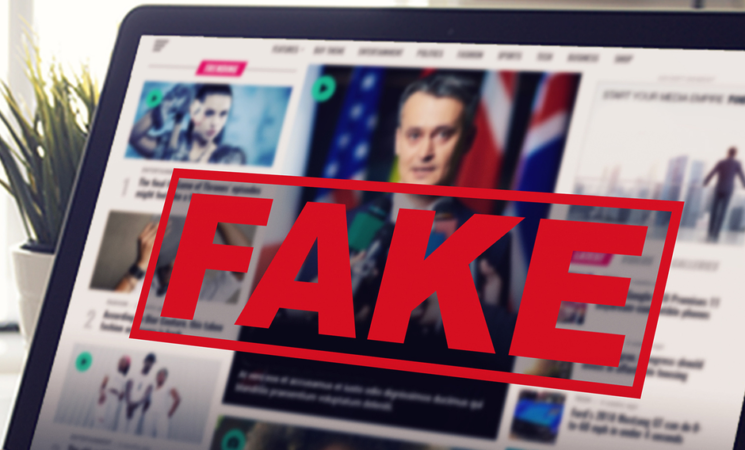15 May 2025, NIICE Commentary 10928
Nikhil Kumar Jha & Aritra Ghosh
Sun Tzu in his Art of War remarked that all warfare is based on deception. In the era of digitalisation, disinformation is a more powerful weapon than nuclear weapons or anything alike. Misinformation has been a component of international warfare since Napoleon's time, but during World War II, it became more prevalent in widespread propaganda with Joseph Gobbels, serving as The Nazi Germany's minister of propaganda. One of his most notable propaganda campaigns was during the Berlin Olympics, when he and the Nazi party sought to advance the idea that the Aryan race was superior. Likewise, the allies brought forward a mass propaganda campaign against the Japanese and the Nazis. One of the most notable examples of Allied propaganda against the Axis was the American cultural influence of American films and the utilisation of animation studios such as Disney.
Correspondingly, disinformation has its footprints in the region of South Asia, in which such warfare is a multi-dimensional and mounting danger to regional stability, democratic process, and social fabric. The spread of disinformation or false information, frequently reinforced by the internet and other digital technologies, presents real challenges to the regional dynamics of the region’s governments, civil society institutions, and citizens as well.
Social media sites, including Facebook, WhatsApp, YouTube, Twitter and messaging applications, are leading conduits of disinformation. In South Asia, there is about 50% of internet usage, and 1.2 billion social media users are prevalent and particularly new internet users who are not equipped with the skills to recognise credible information and thus remain susceptible to manipulation. The World Economic Forum places India as the nation's most vulnerable to disinformation and misinformation. False reports and information, however, also spiked in Pakistan, Bangladesh, Nepal and Sri Lanka during the times of crisis.
During Sheikh Hasina's previous Awami League (AL) government, pro-state media and influencers had leveraged AI-produced deep fake videos to attack opposition parties such as the Bangladesh Nationalist Party (BNP) and critics, including the U.S., for coercing free elections. Likewise, false reports frequently take advantage of Nepal's religious and ethnic diversity. Nepal's nascent democracy is confronted with disinformation, especially during protests and elections. Pro-monarchy protests were sensationalised and exaggerated in size by YouTube channels and media in 2025, and democratic institutions were discredited.
Cases of misinformation usually surge in India and Pakistan during conflicts. During the 2019 Pulwama attack, fake images, exaggerated casualty figures, and falsely labelled videos escalated tensions. Such tactics are typically used to stoke religious, ethnic, or political tensions. In both the neighbouring countries, certain sections of mainstream media channels, accompanied by social media handles and many other background players, often create a false sense of environment, leading to the proliferation of misinformation in the minds of common people who are certainly somehow deprived of the mainstream society. In 2021, Mainstream news organisations carried a video of a Pakistani aerial attack being intercepted by an Indian air defence system in Jaisalmer, India. Yet later fact-checking found that the video originally went on YouTube in 2021 on one of its channels with a title mentioning the Iron Dome, Israel's air defence system, in operation
On May 7, 2025, India conducted Operation Sindoor against nine suspected terrorist targets in Pakistan and Pakistan-administered Kashmir following the April 22, 2025, Pahalgam attack that claimed 26 civilians' lives. The operation heightened tensions, initiating a blizzard of misinformation warfare, especially from Pakistani media and social media platforms, with India accusing sources such as Al Jazeera of propagating deceptive narratives. Pakistani media and pro-Pakistan social media accounts launched a coordinated disinformation effort to try to counter India's message and present a more assertive retaliatory image.
Pakistani channels shared old images to make false claims of military victories. For example, a video claiming a Pakistani raid on Srinagar Airbase traced back to 2024 sectarian fighting in Khyber Pakhtunkhwa, Pakistan. Images of a 2021 MiG-21 crash in Moga, Punjab, and a 2024 MiG-29 crash in Barmer, Rajasthan, were also made out as crashed Indian Rafale jets during Operation Sindoor. Likewise, fabricated posts claimed Pakistan destroyed an Indian Brigade Headquarters or shot down multiple Indian jets, including Rafales and Sukhoi Su-30MKIs. The Press Information Bureau (PIB) Fact Check debunked these, noting that no such events occurred and visuals were unrelated.
Using fake or old combat footage from various past conflicts to show military damage was another tactic used by Pakistan. A deepfake video falsely showed Indian soldiers surrendering at Chora Post, fanned by Pakistan's Information Minister Attaullah Tarar, who went along with it despite no evidence. PIB explained that the video was unrelated and staged.
The extent of disinformation during Operation Sindoor indicates a calculated effort to overwhelm information spaces so that truth becomes difficult to identify. Social media's "filter bubbles" and artificially intelligent deep fakes, according to a 2023 World Association of News Publishers report, had the effect of magnifying such chaos. Though misinformation is a real threat, the narrative about it is frequently exploited by governments to cover censorship or control of online platforms. Excessive legislation threatens to quash dissent, as in Bangladesh and India, where reporters are arrested under imprecise "fake news" laws.
Misinformation has the effect of heightening a conflict by weakening the interests of every single citizen, leading to social discontent and unattributed pressure on the government to take retaliatory action, which will eventually lead to war. Digital literacy efforts in South Asia are occurring on a smaller level and are seldom instituted without formal and long-term educational systems.
It is significant because there is evidence to support that nations that have quality education also possess greater media freedom. Even for the digital literacy initiatives that are instituted, their impact is not well known. In this regard, independent fact-checking organisations can collaborate with platforms to demote misleading information, and promoting media literacy among people can play a crucial role as it helps citizens distinguish between fake and real news, leading to a more resilient digital environment. Balancing freedom of expression, increasing the spread of false news, and the right to privacy will be critical for South Asia's digital future.
Nikhil Kumar Jha & Aritra Ghosh are students in the Department of Political Science, North Bengal St. Xavier’s College, India.

